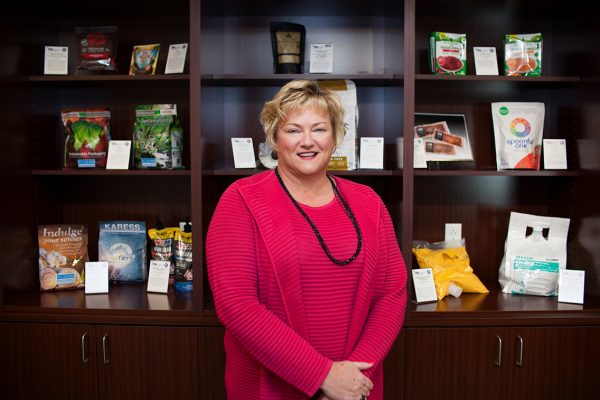Recycling does work—but our U.S. recycling infrastructure is decades old; markets have been severely limited by relying on exports for too long; and it doesn’t provide circularity for much of today’s packaging types, including flexible packaging.
The tremendous amount of money and resources that have gone toward innovation over the past decade—to lightweight packaging, reducing virgin materials, and conserving resources—cannot be dismissed. Customers and policymakers rightly concentrated on the “reduce” part of the reduce, reuse, and recycle hierarchy to address climate issues. As we now shift that focus to reuse and recycling, the benefits of that reduction need to be retained. So, instead of banning lightweight plastic materials, investment in advanced recycling—either mechanical or chemical—is needed to provide for climate mitigation and circularity. After all, reuse also encompasses using post- consumer recycled content. Where is that material coming from if we ban the plastic packaging feedstocks?
While less than in the past, legislation in 2022 called for proposals to ban flexible plastics, regardless of their recyclability. This is happening while we also have unprecedented growth in recycling technology and innovation for readily recyclable and multi-material flexible packaging. This is evidenced in mechanical recycling by the modernization of the Total Recycle Facility in Pennsylvania through the Materials Recovery for the Future (MRFF) project, as well as the Hefty® EnergyBag®’s partnership with ByFusion in Idaho. Advanced recycling technologies are being scaled through partnerships like Charter Next Generation, MyPlas, and MBOLD in Minnesota; and NOVA Chemicals, Inc., Sealed Air Corporation, and SIMS Recycling in New York. The Consortium for Waste Circularity is successfully using gasification technology to prove mixed plastics can be made back into resins. These are just a few examples of the tremendous innovation and collaboration going on to invest in modernizing the U.S. recycling infrastructure instead of stranding climate mitigation and moving backward on the hierarchy for packaging.
Oregon is on the verge of listing polyethylene (PE) packaging on its statewide recycling list, which means its collection and processing will be mandated statewide, and the necessary investment for that will be dedicated through their extended producer responsibility
(EPR) program. Oregon also recognizes the value of climate mitigation, food waste reduction, life cycle assessments for packaging, and advanced recycling technologies. Meanwhile, California was poised to ban recyclable PE packaging when used for e-commerce and tax it when it is used for anything else. If policymakers in these two progressive states can have such divergent views on the same subject, only amplification of what the right solutions are is going to win the day. New York had two pieces of legislation this year, one that would invest in modernizing the recycling system and another that would ban many plastic pack-aging formats, while at the same time mandating plastic post-consumer content.
State and federal policies that support investment and modernization, instead of Band-Aid-like bans, need to be used as examples and magnified.

Alison Keane, Esq., IOM, CAE President and CEO
Flexible Packaging Association
